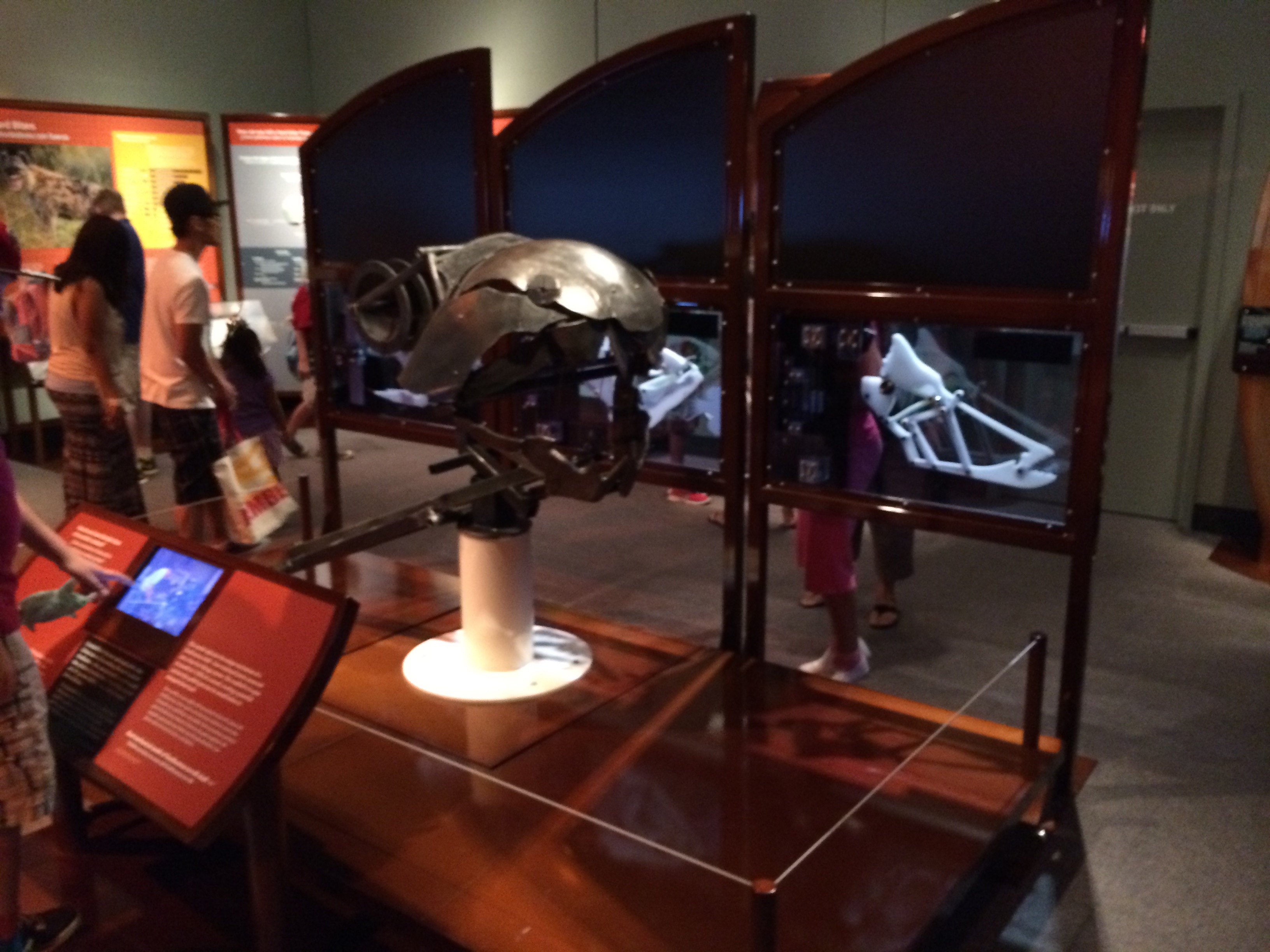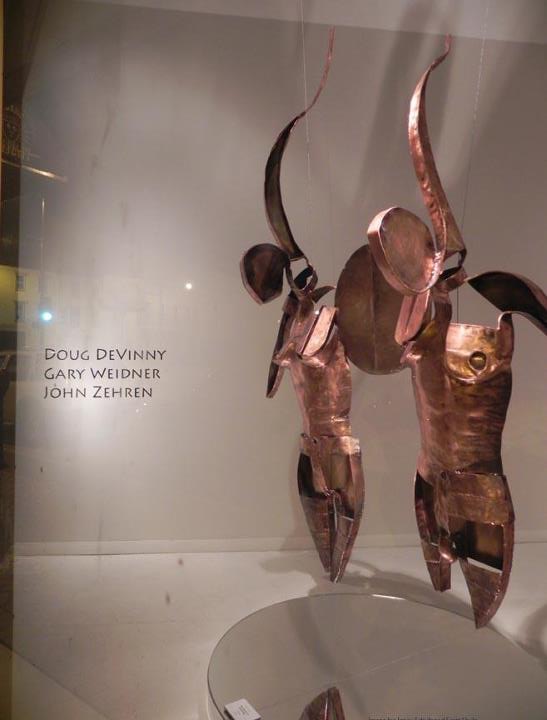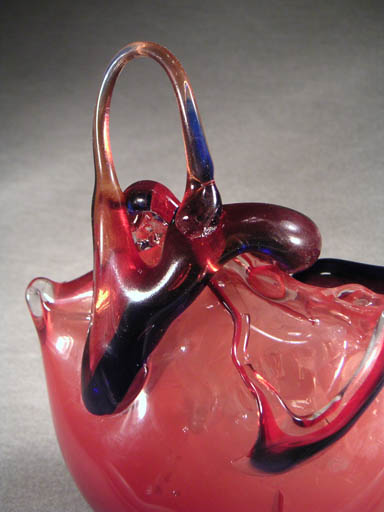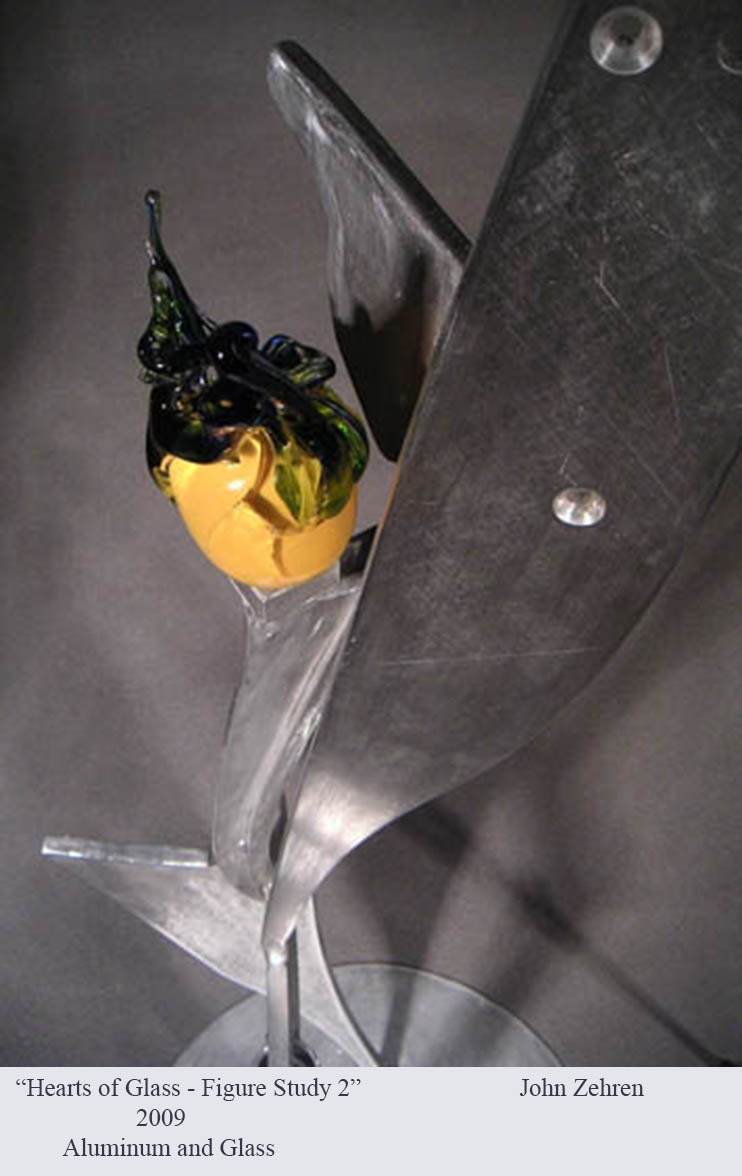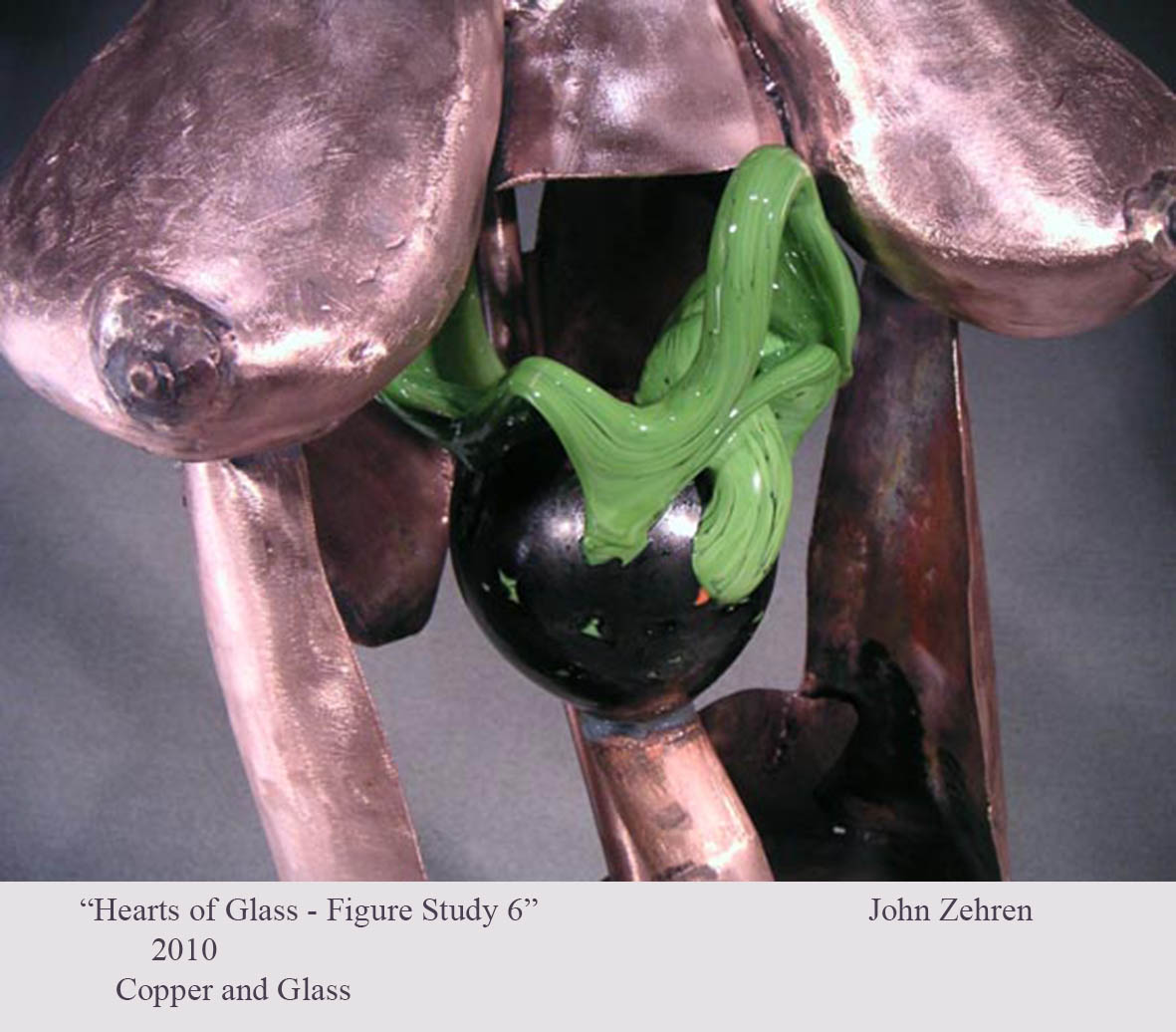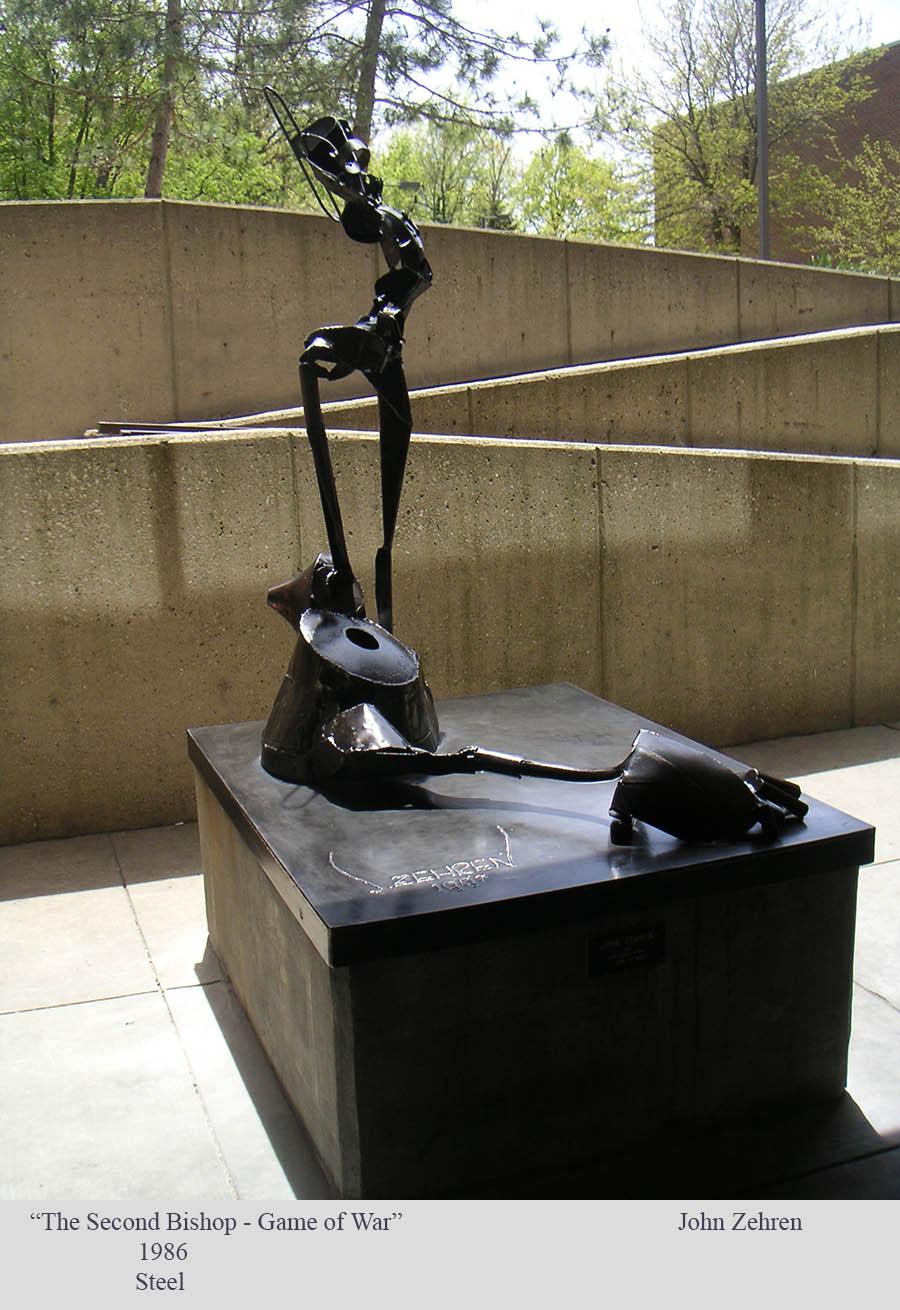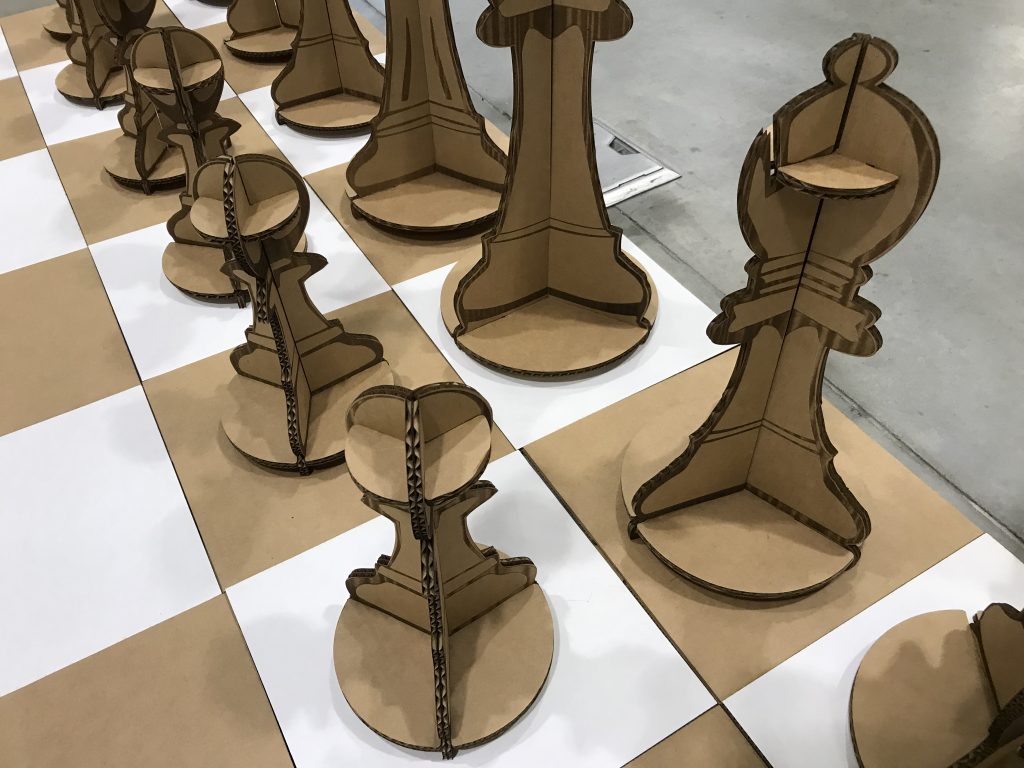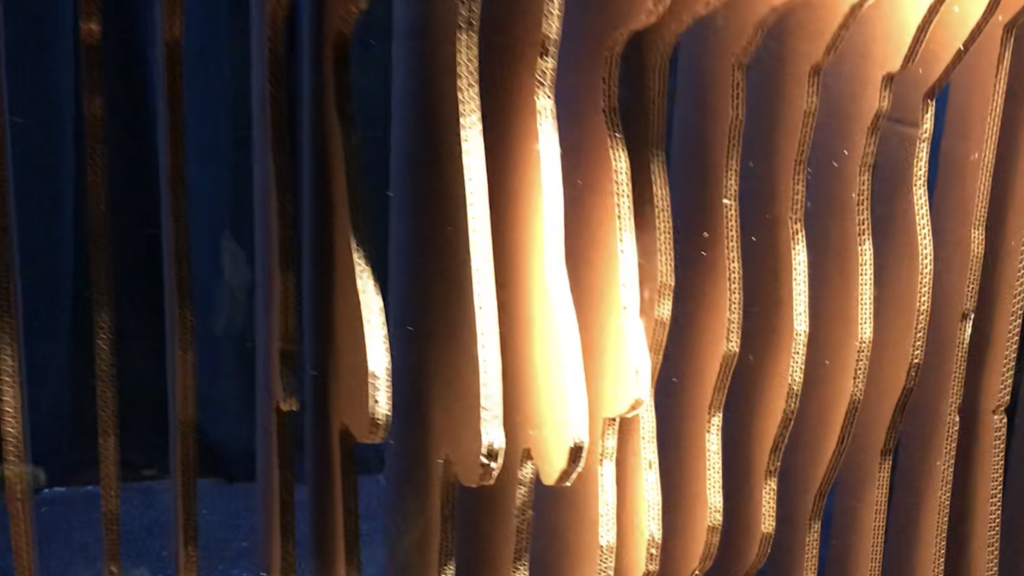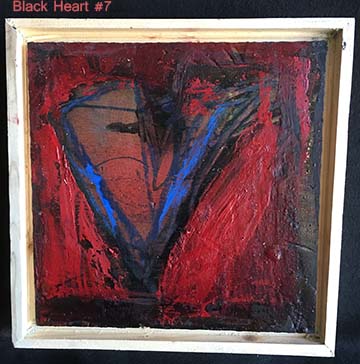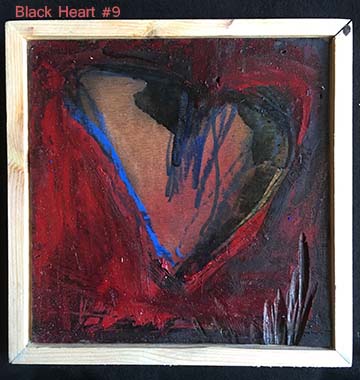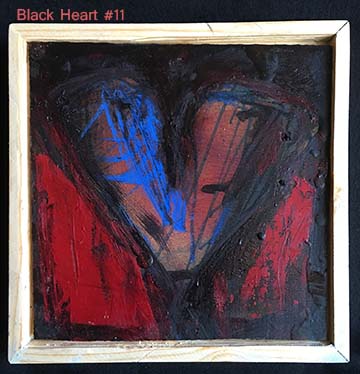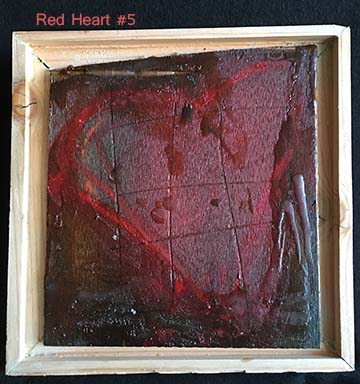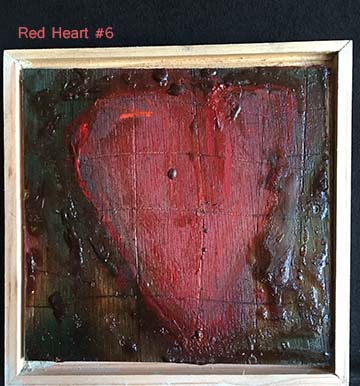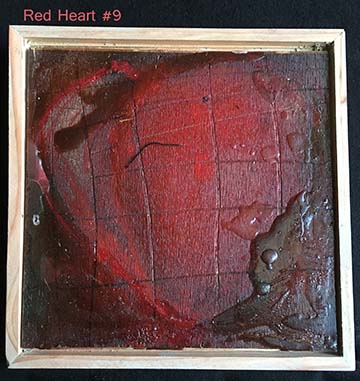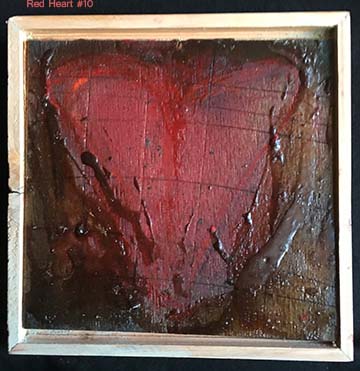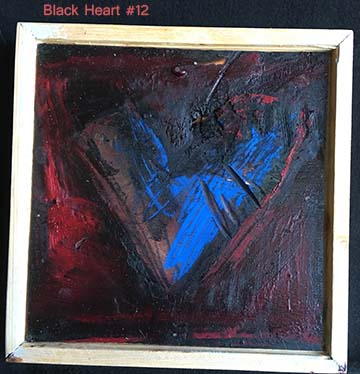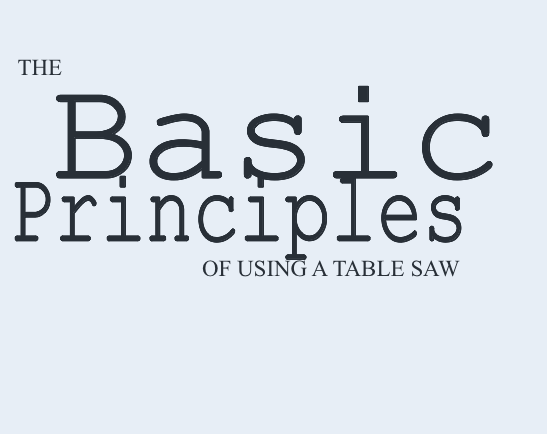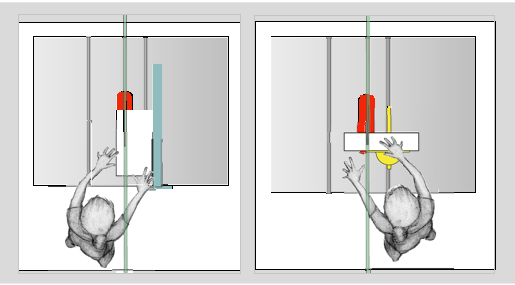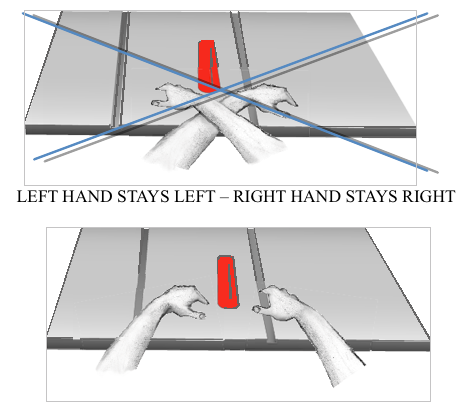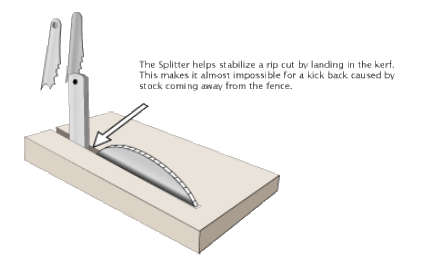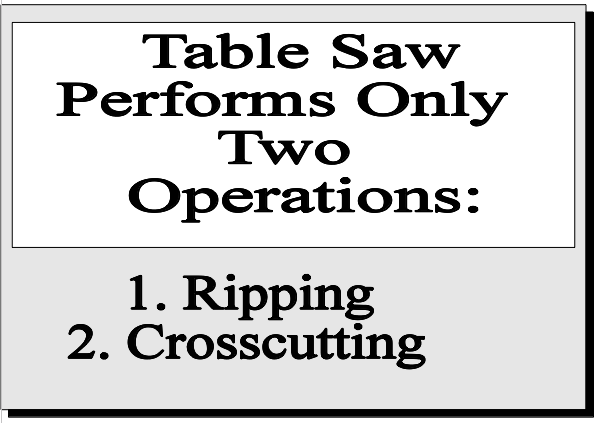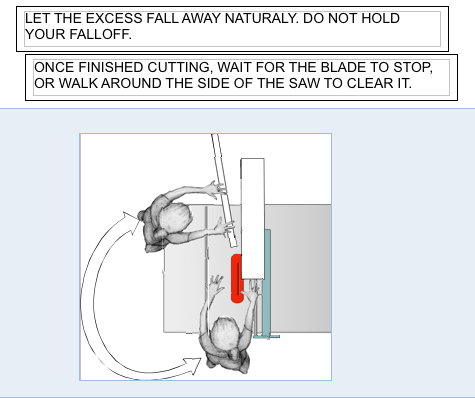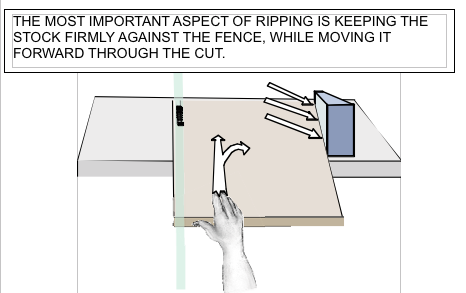Went to my first Maker Faire, I was overwhelmed and inspired to say the least.

This is The Henry Ford Museum. An amazing place, both beautiful, and elegant with Iconic American Artifacts. Truly Unique. 

The Halls are spacious and engaging. Especially for a Futurist Enthusiast as myself. 

I’ve owned five Beetles, never black though. 


There was an impressive amount of furniture, the topic of the day for me. This is particularly interesting, in that it looks CNC made, and uses the slot fit style. 
Along with the Faire is an educational component, where kids and adults can make stuff. And there are cool things everywhere. 

Might have to steal this design myself. Then it was on to Shopbot! This is Matt. He’s Thea’s husband. He gave me great origami references, and we talked of the connections to digital. Didn’t get a shot of Thea or their daughter, Fjora. Oops!
Here is some Atfab work. They are worth Google-ing if you like. (Paste in browser -filson-rohrbacher.com.webloc)

And this is Bill Young. He is the Mick Jagger of the Digital realm. I talked with him about the troubles I’ve been having, but as I suspected, it wasn’t good news. bill has a Shopbot column (Paste in browser -www.shopbotblog.com/index.php/category/bill)
These are shots of a chair study, where I’ve been working on how to deal with tolerance. 
I’ve gotten to needing to verify each joint size independently as I cut.


Here are the true geniuses of the “Digital Revolution”. Anne Filson, and Gary Rohrbacher. Two of the most amazing minds I have ever met. They are the most forward thinking, innovative architects I’ve ever encountered. Their work is ground breaking, check them out on the web. We talked extensively about modular fabrication. They are into reuse, favor everyday materials.modular design, and open sourcing their work. I don’t know whereto start. I hope to get them at the Camp Shopbot we will have in October at Field.

Along with Bill, they gave me advice on our current cases.
To shear laminate, we may need to develop specialized beds and hold downs, and utilize a two step process.



So back to the Faire! 
Kids made these robots, then played basketball! I hope to connect our Education department with the Maker Faire people. I got to meet the owner of Maker Magazine, Dave. He’s looking to hold a Chicago Maker Faire, and he likes the idea of having it at Field Museum! 





And I even caught a performance by Herbert Duetsch, the co-inventor of the Moog Synthesizer.This is the actual original prototype he developed along with Ben Moog in 1964. Still plays fine. got to meet and talk with him as well, told him I can’t wait for his next fifty years of innovation. 



Like I said, BEST DAY EVER! Bill asked me to the New Youk Faire in September. We’ll see…












